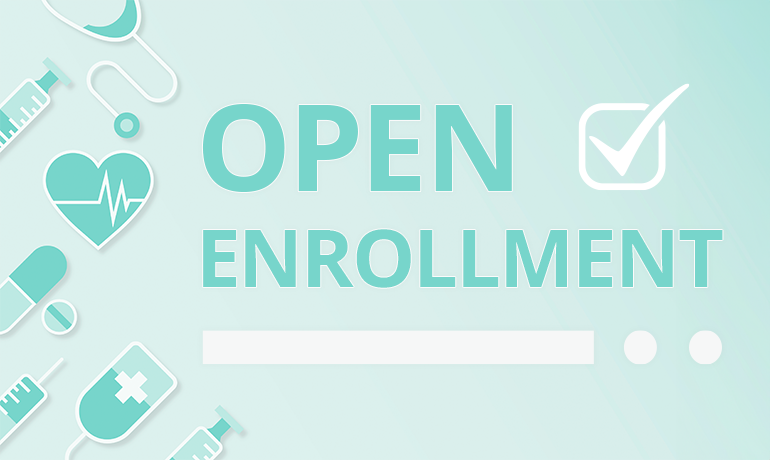[A version of this article was originally published in the July 2021 issue of Construction Business Owner magazine.]
The government contracting industry is in a league of its own when it comes to employee benefits. In some ways, federal contractors working under the Service Contract Act (SCA) or Davis-Bacon Act (DBA) are at an advantage over traditional companies in terms of the benefit offerings they are able to provide. The SCA and the DBA both include provisions for government contractors to pay for benefits over and above the base wages set forth in the contracts. The Acts that govern government contractors and their work provide the fringe benefit amount as part of wage determinations. Contractors have the option to use the fringe amount to provide hourly health and welfare benefits, also known as fringe benefits, or to pay those amounts as additional cash wages. This hourly health and welfare or “fringe” amount provides employers a greater level of flexibility that allows a more customized benefit offering experience.
Using a Fringe Benefit Plan
Utilizing the fringe amount to provide benefits instead of paying additional wages means making every dollar count! A fringe benefit plan can reduce a contractor’s total overhead cost by reducing taxes and related costs, leaving savings for growth opportunities and the chance to present a more attractive bid. The more long-term the commitment, the better the results. That being said, compliance and fringe accounting also can create a burden that leaves many government contractors weighing the pros and cons of offering fringe benefits at all.
The goal of every government contractor is to win contract bids. Every dollar must count, and every hour of work should be effectively spent to achieve that competitive margin that makes the difference between a win and a loss. Knowing how to work that competitive edge makes for a successful contractor. A sustainable employee benefits program is one of the best ways to see that return.
Advantages Beyond Compliance
Most companies working under the SCA and DBA treat compliance as a “meet the bare minimum” standard. They contribute just enough money to meet the standards set by the Affordable Care Act (ACA) and offer just enough of a benefit so that their employees feel they have some form of an option. This tactic may be common, but it’s not the solution to building a fringe benefit program that provides a better, more cost-effective solution.
The hourly fringe rate for health and welfare benefits for SCA and DBA contracts that is built into each government contract is a tool that government contractors should be taking full advantage of! In most instances, government contractors can decide to use the funds from the fringe to cover 100 percent of the benefit. This option reduces the employee burden of paying for healthcare solutions out of pocket and offers an advantage to the employer. This is important because it ensures that all eligible employees are enrolled in the benefits program and eliminates the issue of adverse selection.
Adverse Selection and Employee Benefits
Adverse selection is a term that describes assumed risk when employers allow their employees to voluntarily enroll or decline the employee benefits offer. For example, when an employee is asked to pay for something out-of-pocket or out of their paycheck a healthy employee will choose not to enroll, whereas an employee with health concerns will almost certainly opt into health coverage. The result is that an employer’s least healthy employees are driving the cost of health benefits which, in turn, leads to both the employer and the enrolled employees paying more for the benefit. Higher-risk employees result in higher health premiums. It is beneficial to have all employees enrolled in a benefits program, so the individual premiums and the individual health of each employee balance the overall plan performance.
The Secret to Success: Healthy Employees
The advantages of an employee benefit program can touch every level of a company and drive a winning bid. A healthy workforce is a benefit to the employer. Reduced absenteeism and higher productivity are the most immediate benefits that an employer can see. Especially during the current environment, when the coronavirus pandemic is shaping every aspect of the workplace, a health and welfare benefit offering can make all the difference in employee retention and satisfaction. Healthcare is a top concern for employers and employees. Committing to a fringe benefit program for the long-term has a greater opportunity to save more money in all areas of healthcare and wellness. This is what drives a contractor’s competitive advantage.
Government contractors are uniquely positioned to be able to provide a more predictable and cost-effective benefit strategy than a traditional commercial employer. This is possible because offering health and welfare benefits with fringe dollars provides a more controlled model that can weather the degree of rising healthcare costs. Furthermore, a fringe benefit plan allows companies to turn their attention to other areas of their business while enjoying cost savings from payroll taxes and associated burdens. Remember: the aim of the competitive contractor is to win bids through a competitive benefits approach, built to last. A third-party administrator (or TPA) is exactly the sort of professional you want in your corner. A TPA can oversee the management of the fringe benefit program, undertake all fringe accounting and compliance concerns, and keep your benefits in compliance with the fringe rate. Beyond the “in-office” benefits of a TPA, these niche experts can provide consultation and support.
A Fringe Benefit Solution That’s Built to Last
A benefit solution that is built to last can provide a long-term competitive advantage to the government contractor. The flexibility of the fringe allows a contractor to plan for healthcare costs, down to narrow margins that make the difference between a winning bid and a losing bid. Maintaining compliance builds the credibility of the contractor and, quite simply, keeps the contractor in the field.
At Boon, we take benefits one step farther by specifically tailoring our fringe benefit solutions to the needs of the government contractor. Contractors can take full advantage of the flexibility afforded by our benefit plans, ensuring cost savings, compliance, and, of course, competitiveness. We bring over three decades of expert experience in this niche industry. Our drive is to provide consultation and guidance as well as long-term benefit solutions.
Keep Up with Boon!
Have you heard of our bimonthly newsletter? It’s your source for the latest in industry updates and all things Boon! Sign-up and get the highlights, direct to your inbox.
Never miss a blog post and also keep up with Boon on Facebook, Twitter, and LinkedIn.


